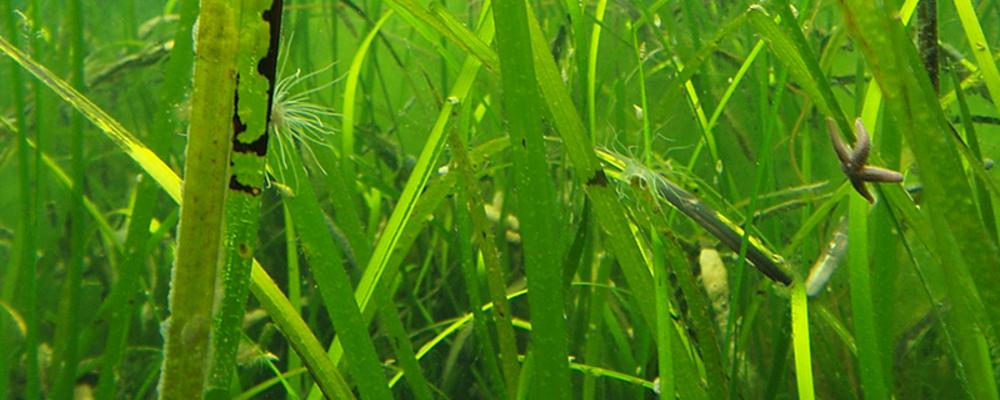
Integrated coastal zone management
On a fundamental level, we are studying key physical and biogeochemical processes in the water column and sediments. Our aim is to use the results to contribute to the development of marine spatial planning and sustainable management of the coastal zone in Sweden and elsewhere.
Changes in the marine environment
Coastal ecosystems around the world are increasingly threatened by more intense and diverse human pressures. Growing populations and intensified use of natural resources result in increasing levels of nutrients, chemical pollution, habitat degradation, radical shifts in food-webs, and loss of biodiversity. As well as affecting the structure and function of coastal ecosystems, these pressures also have profound effects on ecosystem services, which ultimately threaten the welfare of human societies.
The research area studies pre-historic, historic and potential future changes of the marine environment; mixing processes; transport mechanisms: land-ocean interaction; chemical and biological transformations in the water column; fluxes of substances between sediment and water; and sediments as archive for anthropogenic impact and climate change.
Biodiversity and ecological interactions
We also study the biodiversity and ecological interactions in coastal benthic and pelagic habitats. This involves observations, experiments and modelling of spatial and temporal variability of ecological assemblages in relation to natural environmental gradients; evaluation of biological responses to chemical and physical disturbances caused by human activities at the level of genes, populations, species and habitats; and analyses of the strength and importance of ecological interactions among species of animals and plants. Finally, research on the protection of the cultural heritage provides basic insights into the factors affecting shipwrecks and other artefacts in coastal environments.
This capability builds on a number of technological advances including observatories, buoys and underwater vehicles for high resolution measurements; monitoring and mapping of benthic habitats using predictive modelling; and genetic markers for monitoring biodiversity. We also work on developing coupled oceanographic/ecological models that use data assimilation to assess the state of coastal waters more accurately than can be obtained by traditional monitoring and modelling alone.
Mitigating effects of eutrophication
Other important contributions to the management process include the development and testing of methods for mitigating effects of eutrophication; oxygenation of hypoxic bottom waters; restoration of seagrass habitats and management of invasive species, which are often done in collaboration with regional and national authorities.
All in all, this research provides the basis for a strong scientific input to different aspects of the coastal zone management and maritime spatial planning contexts.